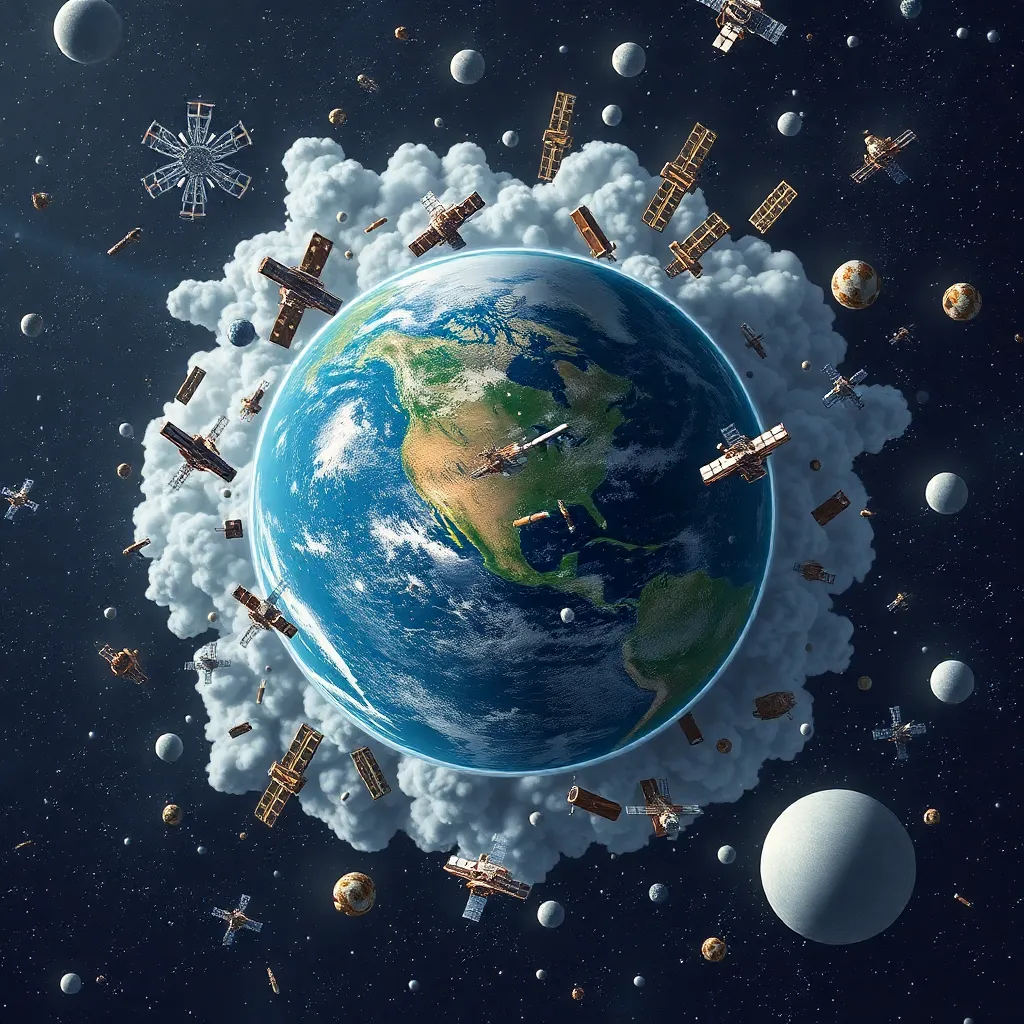
The Kessler Syndrome: Understanding the Growing Threat of Space Junk in Earth’s Orbit
The Earth’s orbit has become a graveyard for defunct satellites, rocket parts, and other space debris, posing a significant threat to our future in space. This phenomenon is known as the Kessler Syndrome, named after Donald J. Kessler, a NASA scientist who first warned about the dangers of space junk in the 1970s. In this article, we will delve into the Kessler Syndrome, its causes, consequences, and potential solutions to mitigate this orbital threat.
What is the Kessler Syndrome?
The Kessler Syndrome refers to the accumulation of space debris in Earth’s orbit, which can lead to a catastrophic chain reaction of collisions, generating even more debris. This self-sustaining process can render certain orbits unusable, threatening the safety of operational satellites, spacecraft, and even the International Space Station. The syndrome is often compared to a snowball effect, where a single collision can trigger a cascade of subsequent collisions, creating an exponential increase in space junk.
Causes of the Kessler Syndrome
The Kessler Syndrome is primarily caused by the accumulation of space debris in Earth’s orbit. There are several factors contributing to this problem:
1. Defunct satellites: Satellites that are no longer operational remain in orbit, becoming potential collision hazards.
2. Rocket parts: Discarded rocket stages, fuel tanks, and other components can also contribute to the space junkyard.
3. Collisions: When two objects collide in space, they can break apart, generating even more debris.
4. Lack of regulations: Until recently, there were no strict guidelines or regulations governing the disposal of space debris.
Consequences of the Kessler Syndrome
The Kessler Syndrome poses significant risks to our future in space:
1. Satellite safety: Operational satellites are at risk of collision with space debris, which can cause significant damage or even complete loss of the satellite.
2. Space station safety: The International Space Station is also vulnerable to collisions with space debris, putting the lives of astronauts at risk.
3. Increased costs: The Kessler Syndrome can lead to increased costs for satellite operators, as they need to take measures to avoid collisions and replace damaged or destroyed satellites.
4. Environmental impact: Space debris can also have a negative impact on the environment, as it can re-enter the Earth’s atmosphere and cause damage to the planet’s surface.
Solutions to the Kessler Syndrome
To mitigate the Kessler Syndrome, several solutions are being implemented:
1. Design for demise: Satellites are being designed to demise, or burn up, in the atmosphere at the end of their operational life.
2. De-orbiting: Satellites are being de-orbited, or intentionally crashed into the atmosphere, to reduce the risk of collision.
3. Active debris removal: Researchers are exploring ways to actively remove space debris from orbit, such as using nets or harpoons to capture and de-orbit defunct satellites.
4. International cooperation: Governments and space agencies are working together to establish guidelines and regulations for the responsible disposal of space debris.
In conclusion, the Kessler Syndrome is a growing threat to our future in space, posing significant risks to satellite safety, space station safety, and the environment. By understanding the causes and consequences of this phenomenon, we can work towards implementing effective solutions to mitigate the Kessler Syndrome and ensure a sustainable future in space.





